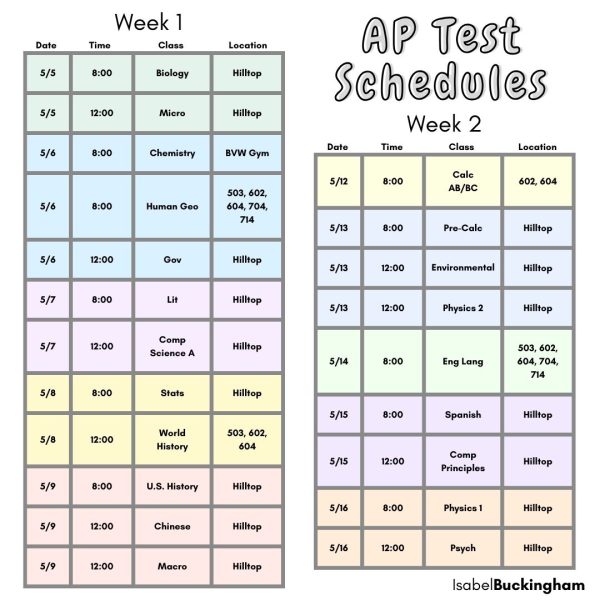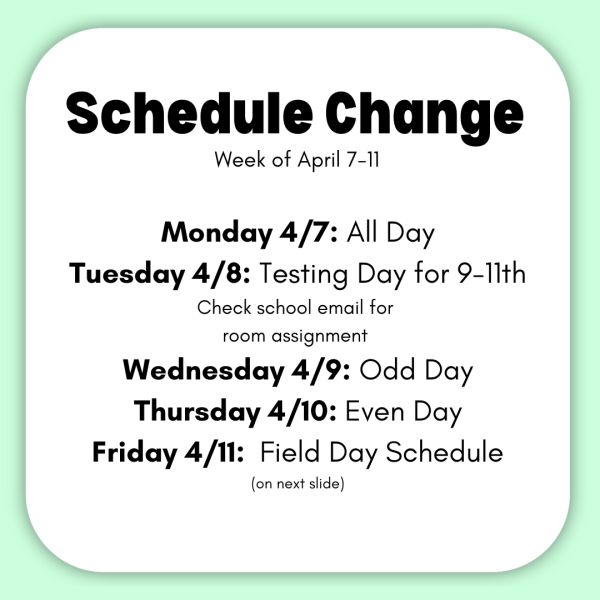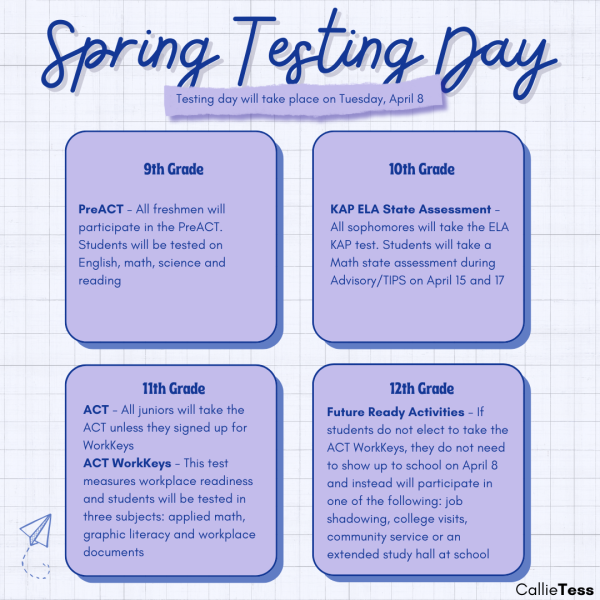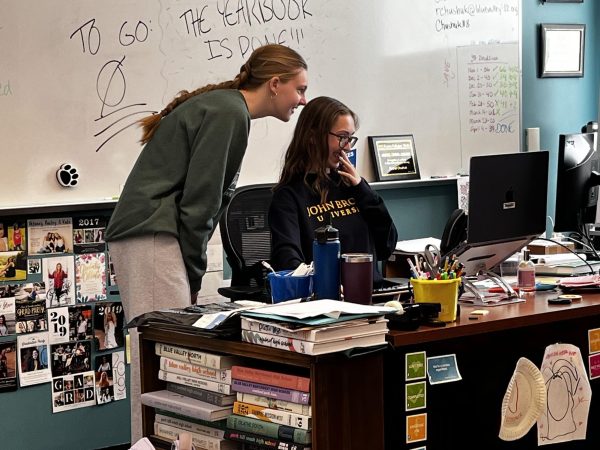Busing Bothers: Students experience inconveniences due to the lack of bus drivers
With the changes to everyday procedures brought along by COVID comes a distinct lack of bus drivers, one that happens to be impacting Blue Valley in greater proportions than one might think.
Director of Business Operations Jason Gillam said the district is suffering from what is “a national shortage of bus drivers.”
“We are not immune to that in Blue Valley,” Gillam said. “This is majorly impacting our ability to attract and retain large quantities of bus drivers.”
Finding drivers that are able and willing to operate buses has been difficult. With low salaries, unique hours, behavioral management requirements among other things to consider, driving a school bus may not be the most commonly sought-after position, and COVID has only multiplied this.
“We weren’t expecting the impact of the Delta variant, and a number of our bus drivers are older or have some other health issues,” Gillam said. “That scared a lot [of drivers] away.”
Despite reasons against being a bus driver, there are also many that can support the decision. With added bonuses, hourly wages and CDL (Commercial Drivers License) training included in the package, driving can be a quite appealing position.
“[Durham is] offering a $1,000 referral bonus to individuals or entities, and in addition the driver gets a $1,500 sign-on bonus,” Gillam said. “If they already have a CDL, they get a $3,000 sign-on bonus.”
Through the positive programs that have been put in place, a number of bus drivers have been and are continuing to be hired, but this does not mean that they are immediately allowed to begin working.
“Bus drivers have to go through criminal background checks, driving background checks, physicals, in-person classes, take tests, written tests and behind-the-wheel tests all before they can get released to become a bus driver,” Gillam said.
Sophomore Mira Desai rides the bus most days and said the lack of communication between the school and bus company when there is an issue with transportation is the most frustrating part of this problem.
“It is really hard to coordinate a ride on such short notice,” Desai said. “It is stressful and the buses are unreliable.”
Most days missing buses are not communicated until the end of the day, anywhere from one to two hours before school is over. This crucial information is easy to miss as it is only an announcement over the intercom and many students are prone to overlook them.
“On such short notice they announce it, at the end of the seventh hour or around that time,” Desai said. “‘These buses aren’t here, find transportation or wait an hour for a bus to come.’ It’s really stressful.”
Receptionist Meredith Stewart said she announces missing buses as soon as possible so that students can coordinate rides.
“I do my best, if I know ahead of time I try to get on the announcements,” Stewart said. “This allows kids to find a friend, a sibling or call a parent and find a ride.”
Gillam said the district is looking for different ways to solve the bus problem in both combining routes between middle and high schools as well as using the Durham Text Service consistently in order to inform students.
“We look at where a bus can serve both a small number of high schoolers as well as middle schoolers,” Gillam said. “We think that is better than making one group wait 40 minutes over the other.”
Despite this combination of routes, many are still experiencing delays and are encouraged to make travel arrangements for themselves. Desai said she thinks this is unfair and extremely inconvenient.
“Honestly it isn’t fair to tell someone that their bus isn’t coming at the end of day. Especially because parents have jobs,” Desai said. “Not everyone is going to be able to find a ride and will be forced to wait on buses, which is not what was promised initially by the bus company.”
Despite persistent missing buses, Stewart said the situation has improved compared to the beginning of the semester.
“I would say this situation is working itself out quite nicely,” Stewart said. “At the beginning of the year, I would have said [missing or late buses] were common, but we’re down to about one a week.”
Buses are facing difficult times, but Gillam pointed out that it is worth remembering the bus drivers are not to blame. A national shortage is difficult to manage and considering the situation, the district is supplying more buses and drivers as well as working to find other solutions to the problem.
“It is important to understand that sometimes the buses may be late and it is important for our staff to keep that in mind and give grace to the students as well,” Gillam said. “Sometimes buses are late, but in Blue Valley, we work with what we have.”










